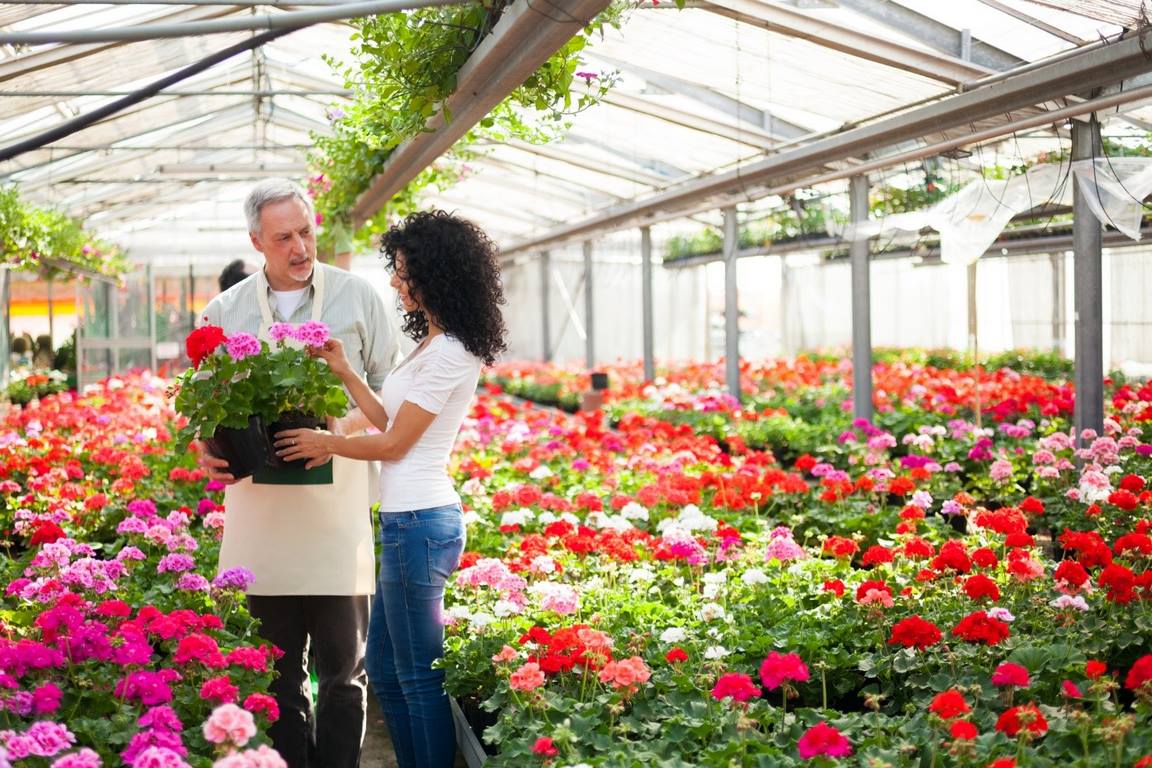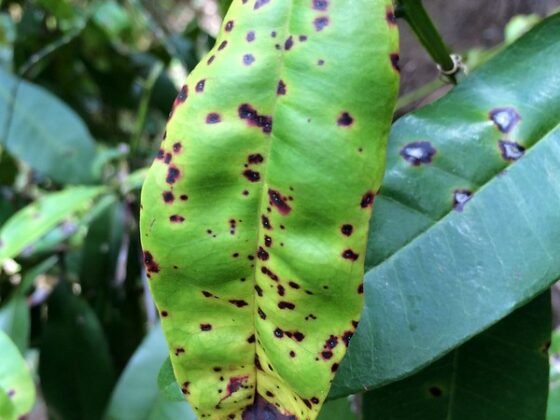Table of Contents Show
Some of the few things that can elevate your home to the next level are bar carts, bookshelves, and indoor greenery. However, to be real, not many people are experts at growing herbs, flowers, and succulents,
Many of them might hump into the bandwagon by going to their local stores and buying any potted shrub that looks pretty.

However, it needs a lot of research before you can figure out the plants that will work best in your area’s climate and how to care for them. Ask yourself if you live in a seasonal or tropical environment or whether you experience hot zones at some point in the year.
Other considerations are the amount of light and air that comes through your windows. The answers will help you figure out which succulents are the best for you. For example, a haworthia or echeveria are two of the succulents that can thrive even if you live in a sunny and dry area.
If you’ve found yourself having a green thumb and you already know what to do, you might start with a collection of potted flowers for your indoor garden.
You can go with a delivery service that puts these puts in boxes, so you won’t have to worry about spilled or smashed pots. If you are unsure where to start, here are some of your best choices for your home.
1. Chrysanthemums
Chrysanthemums are gorgeous and cheery blooms. You can easily care for them as long as you have a bright location, enough water, and well-drained soil. Once everything is put into place, you’ll be able to have an attractive addition to your home.
Mums are included in NASA’s list of one of the air-purifying greeneries, and they can remove formaldehyde, benzene, and ammonia from indoor air.
However, with its pros comes to its cons. The leaves are often poisonous to children and pets, and the flowers may have difficulty reblooming. These flowers are usually considered disposable.
2. Spider Plant
These perennial and herbaceous varieties are often popular in many homes. They thrive well when they are put in a shady area with partial exposure to light. They prefer well-drained and loamy soil with a neutral pH.
They can be forgiving if you’ve forgotten to water them for a few days. They need fertilizer twice a month, especially during summer and spring.
They might be a mild hallucinogen to cats, but they are generally safe for pets. They can remove xylene, carbon monoxide, benzene, and formaldehyde from the indoor air.
Read Also:
3. Ficus
You can usually find ficus in offices, and they were named one of the best when put indoors. They have a striking appearance and can highly purify indoor air. They thrive in moist soil, indirect but bright lights, and mist, and you need to keep them away from drafts.
Some of the pros include increasing your room’s decorative appeal. This can serve as an attractive focal point in your room, and it’s excellent in purifying the air. Learn more about ficus on this page here.
Know that the cons of ficus include a potential irritant to people and pets. Most of the pets who may chew on the ficus’ leaves may experience diarrhea or vomiting. It’s best to keep the pot in one place since this does not like too much movement.
If you find the leaves to have a “dripping sap,” know that an insect infestation can cause this, and it’s not honeydew. Use an insect killer that’s safe for fruits and vegetables.
4. Red-Edged Dracaena
A red-edged dracaena or also known as the dragon tree is very useful in purifying indoor air. It’s also beautiful with red edges around the greed leaves. They tolerate lower light conditions, but they will thrive if you put them in a brightly lighted space.
It’s best if you allow them to dry out before watering them again to keep them healthy.
The pros include dracaena removing xylene, trichloroethylene, formaldehyde, and other toxic gases from home. These are usually the airborne gases from household detergents and chemicals inside your home.
The cons include the dragon tree being susceptible to leaf spots, especially if it gets wet after watering. This is worth noting so that you only water the base instead of from overhead.
5. Peace Lily
Peace lilies have beautiful and elegant looks. They prefer indirect and bright lights, but they also do well in indirect lights. When they need water, you can usually tell because they are getting droopy leaves.
After you water them, the leaves perk up as a kind of response. There’s also the option to mist them to add more humidity.
Peace lilies can remove benzene, xylene, and formaldehyde from the air. However, it has its own cons, where they can usually cause contact dermatitis. This is a skin irritation that comes from salt crystals. Some pets may also find their throats in a burning sensation when they try to chew or eat the plant.
6. Boston Ferns
Boston ferns can grow large, and they can make excellent additions to your house. They do well in humid areas like bathrooms. They thrive in moist soil, but you need to allow them to dry during winter.
They don’t often need new pots unless they grow bigger. You can read more articles about ferns here: https://www.britannica.com/plant/fern.
These ferns are non-toxic, and they have the highest efficiency in removing formaldehyde from the air. However, they tend to be messy, so you need to get the vacuums ready.
Their roots are susceptible to rotting, so you should water them until the liquid leaks out of the drain hole.










